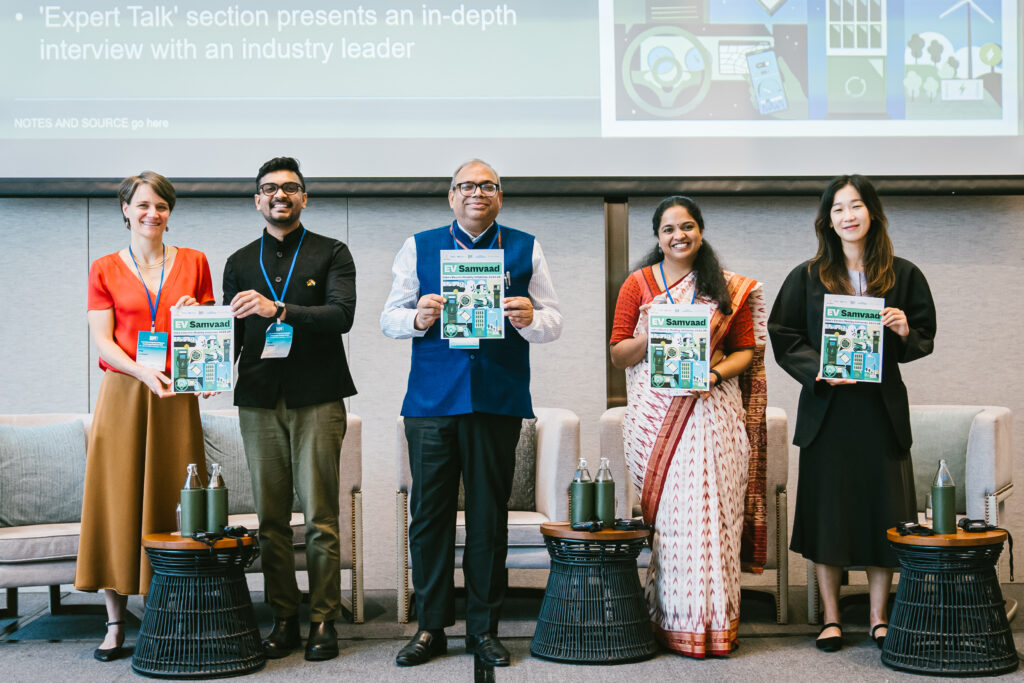
What does it take to turn climate commitments into actual transformation — across a region as vast and complex as Asia?
The NDC Transport Initiative for Asia (NDC-TIA) set out to answer this question. Launched as a multi-country, multi-partner project, and funded by the International Climate Initiative (IKI) of the German Government, it supports China, India, and Vietnam in decarbonising transport systems in line with their Nationally Determined Contributions (NDCs). Over the last few years, NDC-TIA has built deep partnerships, guided evidence-based policymaking, and helped shift the narrative from ambition to implementation. From helping shape national EV policies to building local knowledge platforms, the initiative has done more than advise — it has enabled change.
To dive deeper into this change, visit the new NDC-TIA Impact Website, where you’ll find further data and resources.
NDC-TIA’s recipe for success is its strong partnership of internationally recognised implementers and engaged government departments.
Vera Scholz, Director of Division Thematic and Portfolio Development at GIZ
Transport emissions in Asia are rising fast, reaching a total of 2,5129 million tonnes in 2021 (SLOCAT, Global Status Report on Transport, Climate and Sustainability, 2023), driven by economic growth, urbanisation, and a lack of up-to-date fuel economy and vehicle standards. Most countries lacked coordinated strategies to address transport emissions, or the tools and data to develop them.
China, India, and Vietnam each faced distinct hurdles:
Across all three, different government ministries and sector stakeholders often worked independently, making it difficult to align goals and design cohesive strategies. The challenge was not only technical — it was institutional, cross-cutting, and urgent.
NDC-TIA’s core strength lies in its holistic, multi-stakeholder approach. Implemented by a consortium of seven expert organisations, the project combined technical assistance with political dialogue, engaging ministries, city governments, think tanks and civil society.
In India, NDC-TIA supported NITI Aayog in the development of e-mobility policy and the Ministry of Heavy Industries in creating a national roadmap for charging infrastructure. Research by GIZ, WRI and the ICCT informed the PM E-DRIVE Scheme, contributing to real-world changes like Delhi’s 156% growth in electric buses.
In China, the project helped shape the upcoming China 7 vehicle emissions standard, a key milestone in the country’s move toward zero-emission mobility. By supporting policy development and international exchange, it connected China’s strategy with global best practices. It also collaborated with the Transport Department of Guangdong Province, to inform transport climate actions at the local level.
In Vietnam, NDC-TIA worked closely with the Ministry of Transport to embed electric mobility into law, culminating in the inclusion of the National E-Mobility Policy in the Road Traffic Law in June 2024. It also supported new GHG tracking tools and fuel economy standards for passenger vehicles and motorcycles.
Reflecting on where we stood just a few years ago, it is very exciting to see how far we have come in advancing cross-sectoral collaboration towards a fossil-free, renewables-based transport system.
Rana Adib, Executive Director at REN21
Across all three countries, regional activities tied it together:
You are currently viewing a placeholder content from Youtube. To access the actual content, click the button below. Please note that doing so will share data with third-party providers.
More InformationNDC-TIA’s efforts helped unlock policy and institutional change across the region:
In Delhi, electric vehicles now make up nearly 15% of new sales — supported by platforms like Switch Delhi and tools like the city’s EV cost comparison web portal.
In Guangdong, China’s most populous province, low-carbon mobility strategies are being shared nationally, influencing planning far beyond the region.
In Ho Chi Minh City, Vietnam’s first local e-mobility action plan is now part of the urban masterplan — shaping future investments and legislation.
You are currently viewing a placeholder content from Youtube. To access the actual content, click the button below. Please note that doing so will share data with third-party providers.
More InformationOn the regional level, the project built momentum with establishing the Council for Decarbonising Transport in Asia, that provided a vision for the region, and by facilitating knowledge exchanges that resulted in advanced regulatory development.
What makes the project so special is that its success has been due to the joint approach by partners and within countries. This includes multi-stakeholder national platforms, supporting electric vehicle roadmaps, linking to finance, and bringing inclusive, gender-integrative approaches.
Benjamin Welle, Director, Integrated Transport & Innovation at WRI Ross Center for Sustainable Cities
You are currently viewing a placeholder content from Youtube. To access the actual content, click the button below. Please note that doing so will share data with third-party providers.
More InformationThe story doesn’t end here. As countries prepare their 2025 NDC submissions, the tools, platforms and partnerships built by NDC-TIA will continue to shape transport strategies.
The initiative has shown that decarbonising transport is not only feasible, it’s already happening. From ministries to municipalities, the systems are moving. What began as a technical challenge has become a story of collaboration, leadership, and vision.
The next phase is clear: scaling this transformation, deepening cooperation, and ensuring no one is left behind in the shift to clean, accessible and affordable mobility.
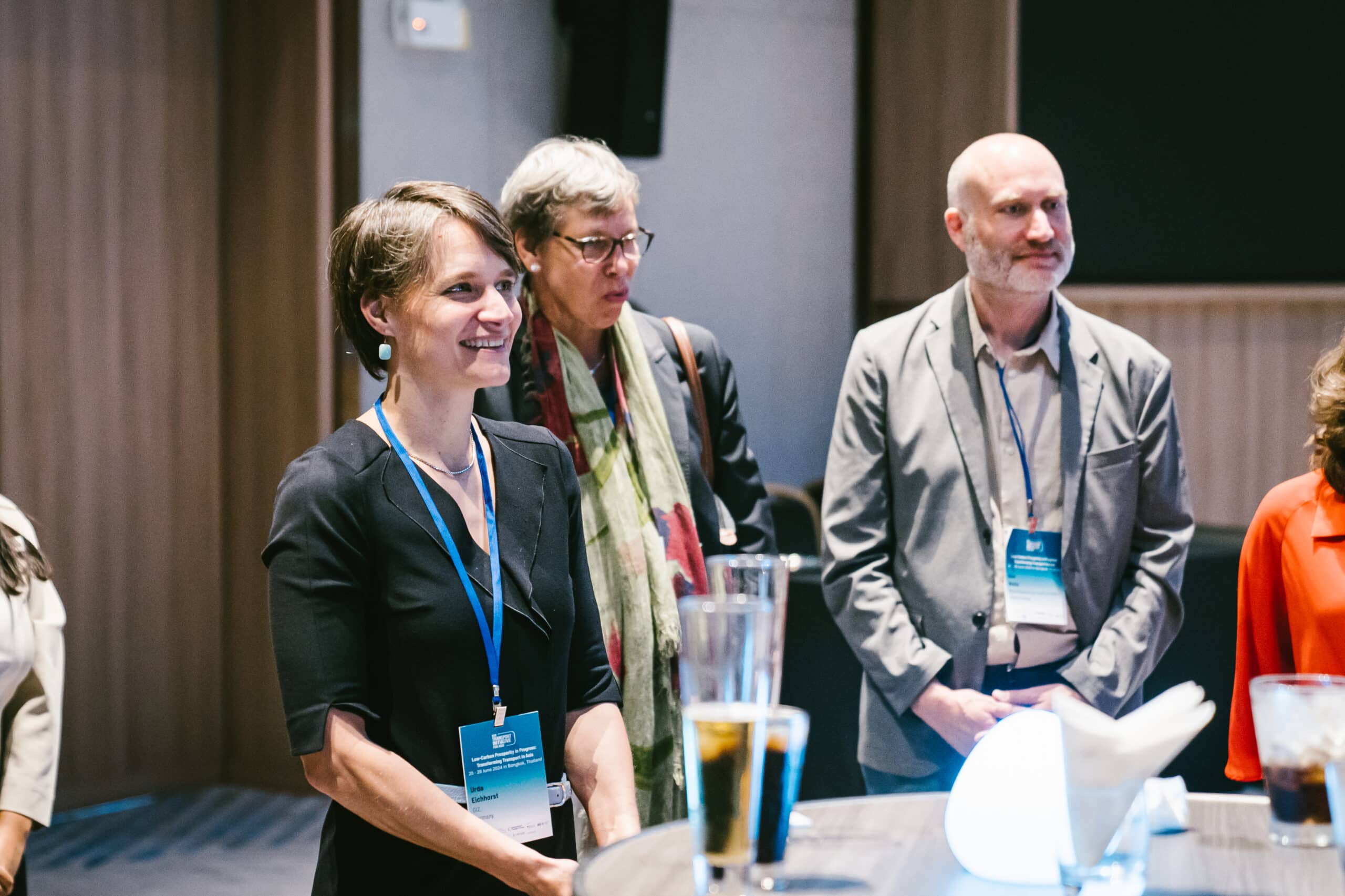



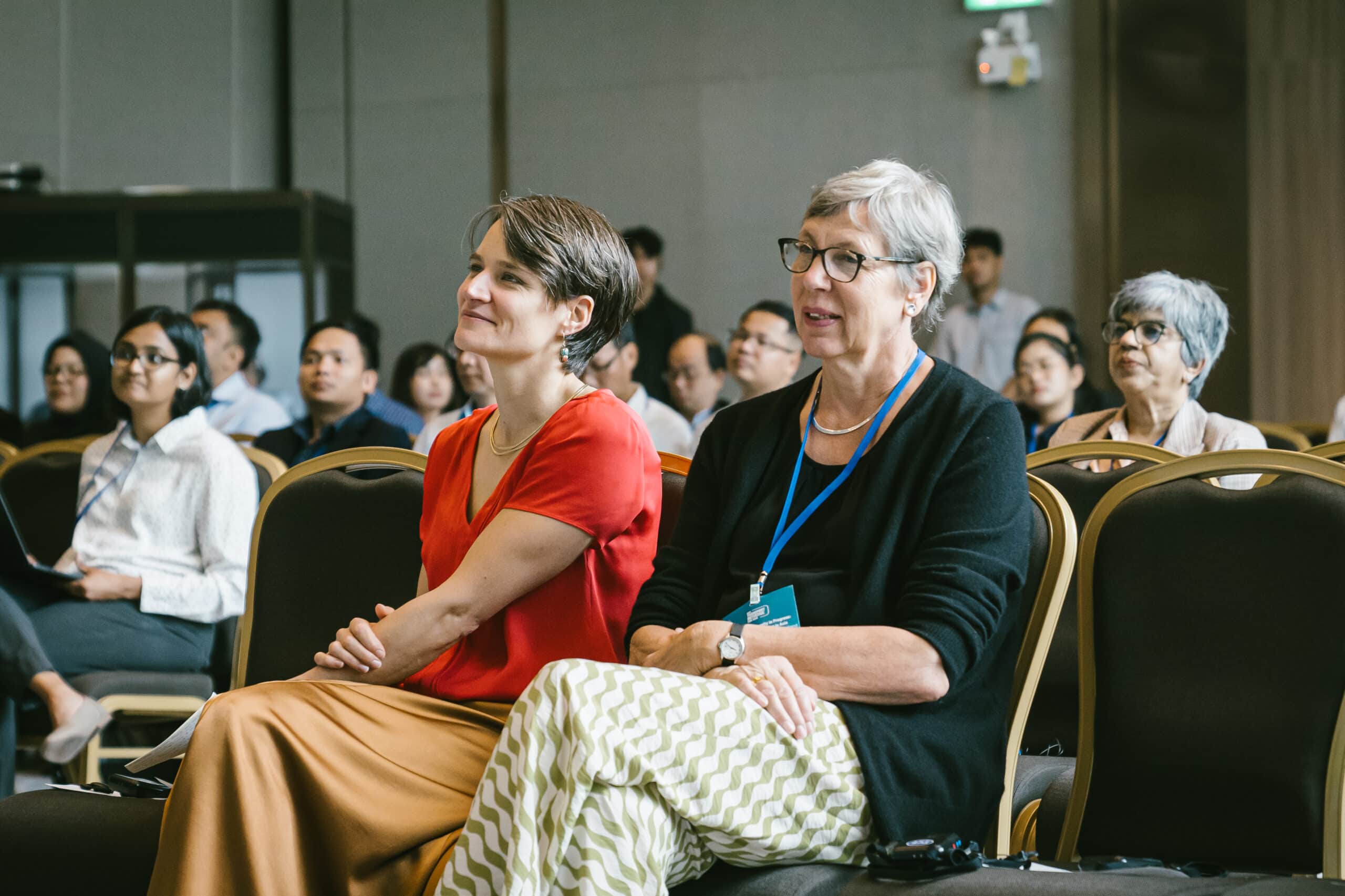


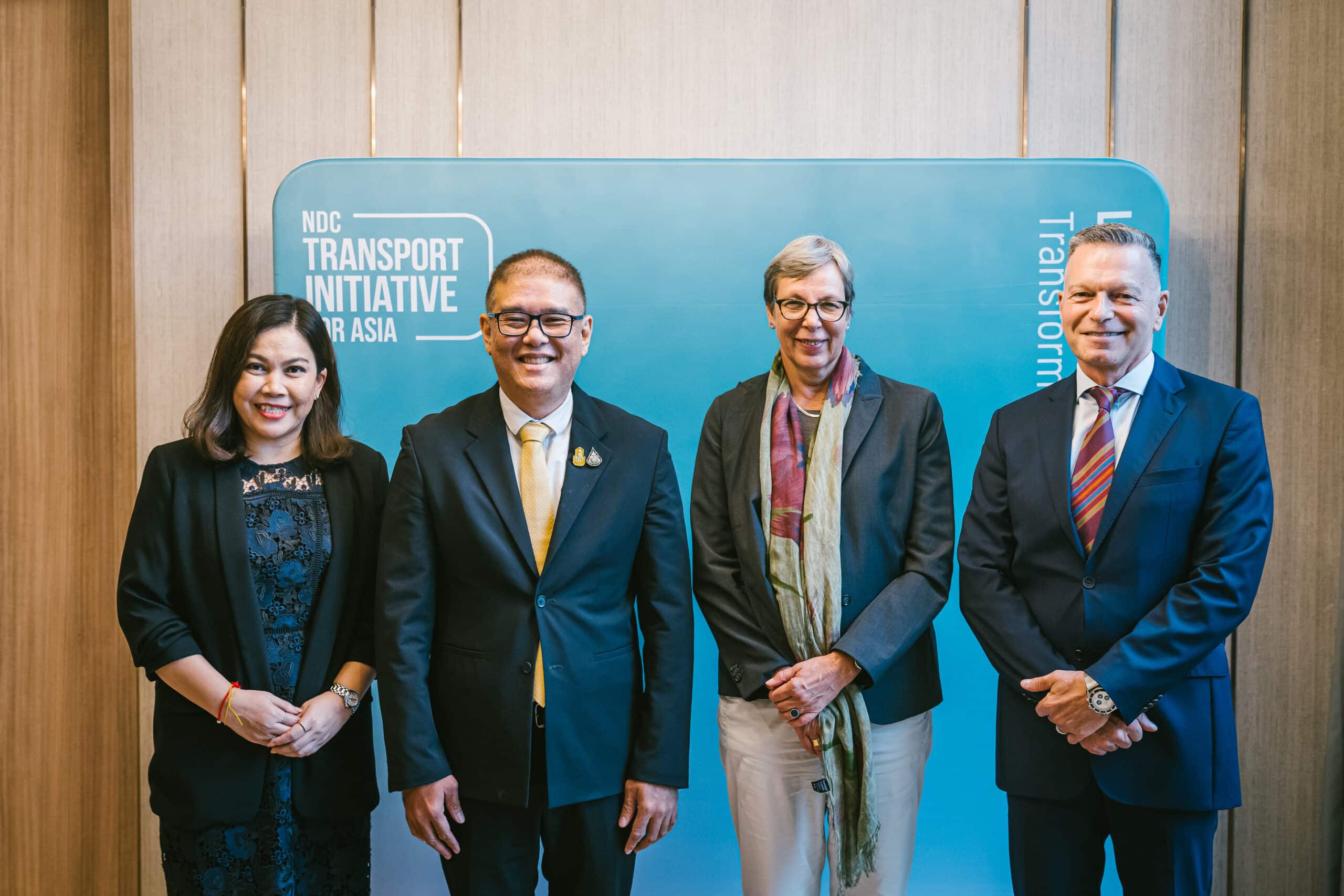

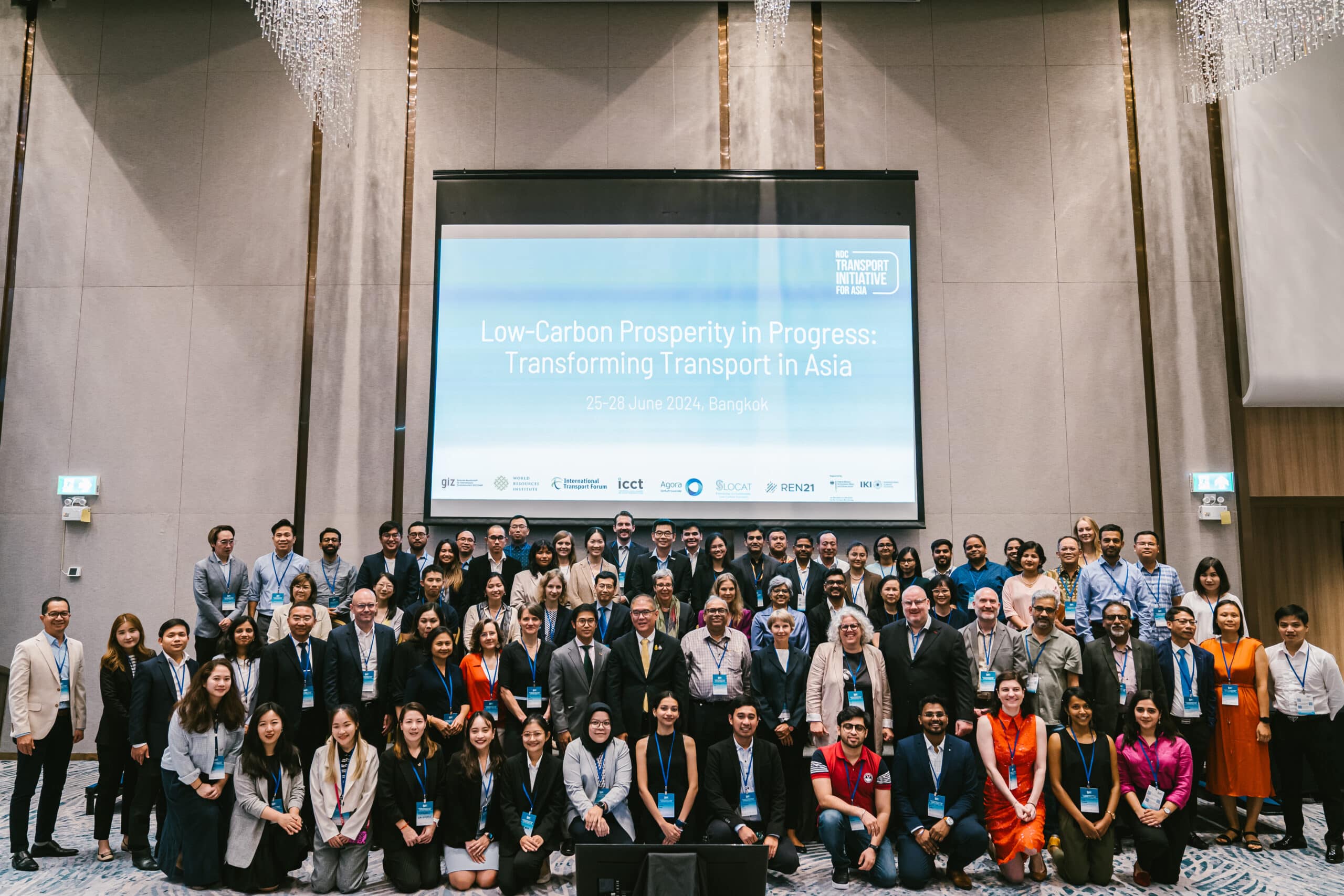
NDC Transport Initiative for Asia (NDC-TIA) is part of the International Climate Initiative (IKI). The German Federal Ministry for Economic Affairs and Climate Action (BMWK) supports this initiative on the basis of a decision adopted by the German Bundestag. It supports China, India, and Viet Nam as well as regional and global decarbonisation strategies to increase the ambition around low-carbon transport.
 ©GIZ by Chat Dulyarat
©GIZ by Chat Dulyarat

Cristal Stefania Cedeño Tobanda
cristal.cedenotobanda@giz.de
Visit profile

Urda Eichhorst
urda.eichhorst@giz.de
Visit profile
If you believe that you suffer (potential) negative social and/or environmental consequences from IKI projects, or wish to report the improper use of funds, to voice complaints and seek redress, you can do so using the IKI Independent Complaint Mechanism.